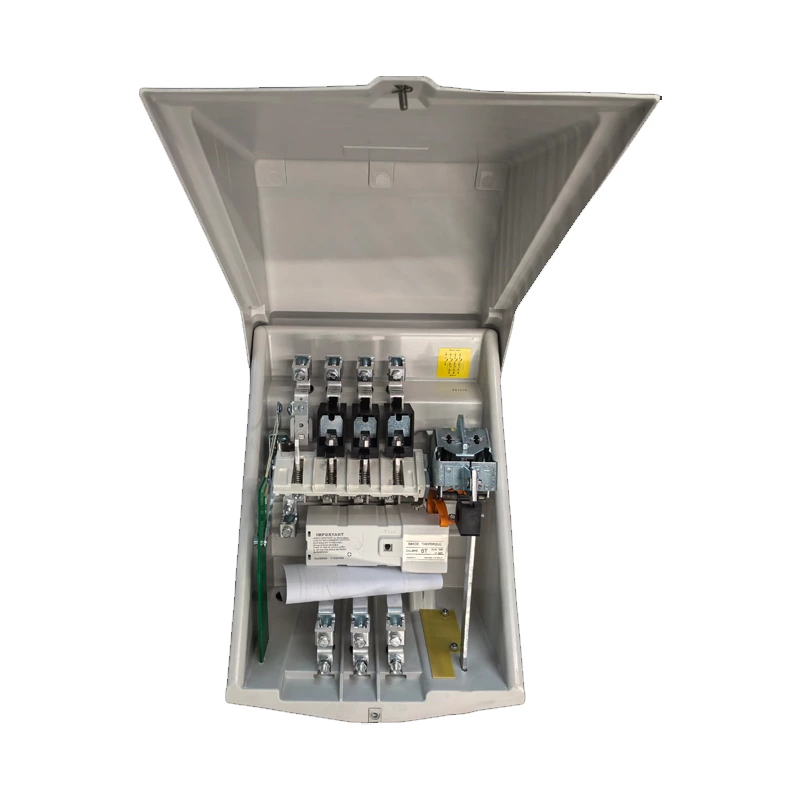What Is The Difference Between A Circuit Breaker And A Load Switch?
Load switch
A load switch is a switch between a circuit breaker and an isolating switch. It has a simple arc extinguishing device and can cut off the rated load current and a certain overload current, but cannot cut off the short-circuit current.
Lv Pole Mounted Circuit Breakers refers to a switch that can close, carry and break the current under normal circuit conditions and can close, carry and break the current under abnormal circuit conditions within a specified time. Circuit breakers are divided into high-voltage circuit breakers and low-voltage circuit breakers according to their scope of use. The boundary between high and low voltage is relatively vague. Generally, those above 3kV are called high-voltage electrical appliances.
The difference between load switches and circuit breakers
The load switch can break normal working current and short-circuit current. Schneider's load switch cabinet SM6 can break normal working current about 200 times and short-circuit current about 20 times. High-voltage circuit breakers can generally break normal currents up to about 10,000 times, and break short-circuit currents dozens of times (generally 20 to 50 times). However, high-voltage circuit breakers are more expensive. The current load switch can be operated electrically, that is, it can be equipped with tripping and closing coils. Therefore, circuit breakers are generally used in places where frequent disconnection is required, and load switches are generally used in places where frequent disconnection is not required.
1. The load switch can disconnect with load and has a self-arc extinguishing function, but its breaking capacity is very small and limited.
2. Disconnectors generally cannot disconnect with load. There is no arc extinguishing cover in the structure. There are also disconnectors that can disconnect loads, but the structure is different from that of load switches, which are relatively simpler.
3. Both load switches and disconnectors can form obvious disconnection points. Most circuit breakers do not have isolation functions, and a few circuit breakers have isolation functions.
4. Disconnectors do not have protection functions. The protection of load switches is generally added with fuse protection, which only has quick-break and overcurrent
5. The breaking capacity of circuit breakers can be made very high during the manufacturing process. It is mainly protected by adding current transformer secondary equipment. It can have short circuit protection, overload protection, leakage protection and other functions.

